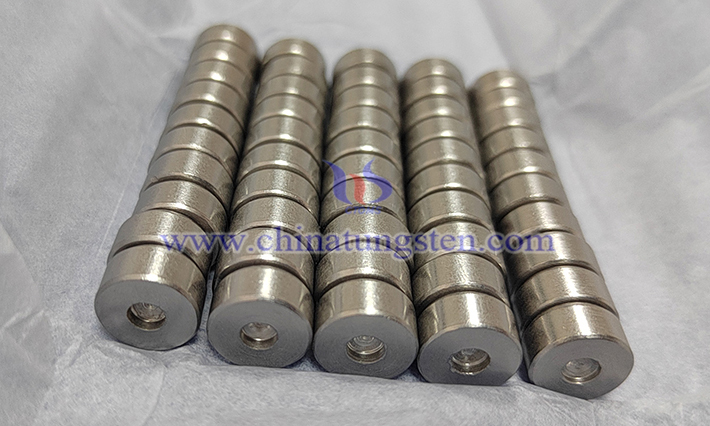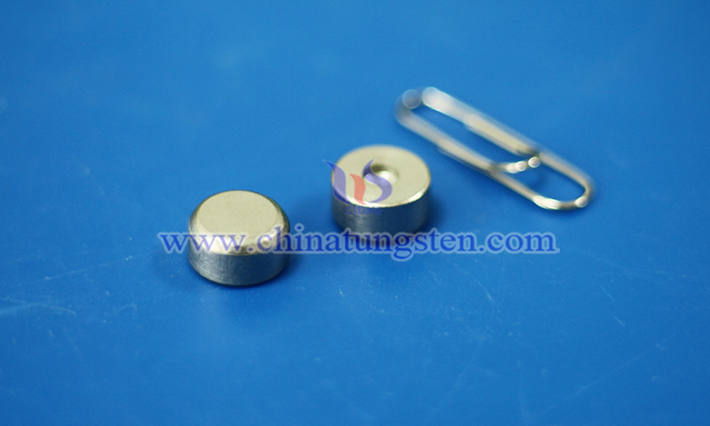Relationship Between the Micromorphology and Performance of Barium Tungsten Electrode
- Details
- Category: Tungsten Information
- Published on Friday, 06 June 2025 18:50
There is a close relationship between the micromorphology of barium tungsten electrode and its performance. The micromorphology mainly includes characteristics such as grain size, porosity, surface roughness, etc. These characteristics directly affect the working performance of the electrode under high temperature and high current density environment.

1. Electron Emission Performance
Electron emission performance is the core characteristic of barium tungsten electrode. It is widely used in equipment such as electron tubes and gas discharge lamps due to its excellent electron emission ability. The porosity and surface roughness in the micromorphology have a significant effect on the electron emission efficiency:
Porosity: Barium tungsten electrode usually uses high-purity tungsten powder to form a porous structure through pressing and sintering. The appropriate porosity can provide more emission channels for electrons, thereby increasing the emission current.
Surface roughness: The rough surface can increase the surface area, thereby increasing the electron emission points and improving the overall emission performance.
Studies have shown that by optimizing the preparation process (such as using narrow-grained tungsten powder), the pore size distribution and emission uniformity can be improved, further improving the electron emission efficiency.
2. Thermal Stability
Thermal stability is the key to maintaining the performance of barium tungsten electrodes in high-temperature working environments. The grain size and porosity in the micromorphology have an important influence on this:
Grain size: Smaller grain structures can improve thermal conductivity, help the electrode to quickly dissipate heat and avoid local overheating.
Porosity: Appropriate porosity can buffer thermal stress caused by temperature changes and prevent electrode deformation or cracking.
By using optimized materials such as spherical tungsten powder, a matrix with uniform pore size distribution and better thermal stability can be obtained, making the electrode more stable at high temperatures.

3. Mechanical Strength
Mechanical strength is crucial to the durability of electrodes in practical applications. The grain size, porosity and defect density in the micromorphology directly affect its compressive strength and impact resistance:
Grain size: Larger grain structures generally have higher compressive strength.
Porosity: Lower porosity can reduce stress concentration points and improve overall mechanical strength.
Defect density: The matrix prepared with narrow particle size tungsten powder and spherical tungsten powder can reduce closed-cell defects and improve mechanical properties and conductivity.
These factors together determine the performance of the electrode under mechanical stress.
4. Service Life
The service life is closely related to the surface morphology and chemical composition in the microscopic morphology:
Surface morphology: The smooth surface can reduce the corrosion rate of the electrode during operation and extend the service life.
Chemical composition: The emission material used in the impregnation process (such as barium aluminate) can continuously release barium ions at high temperatures, improve oxidation resistance and stability, and thus extend the life of the electrode.
- Chinatungsten Online: www.tungsten.com.cn
- CTIA GROUP LTD: en.ctia.group
- Tungsten News & Price: www.ctia.com.cn
- Molybdenum News & Price: news.molybdenum.com.cn
- Tel.: 86 592 5129696; Email: sales@chinatungsten.com



 sales@chinatungsten.com
sales@chinatungsten.com